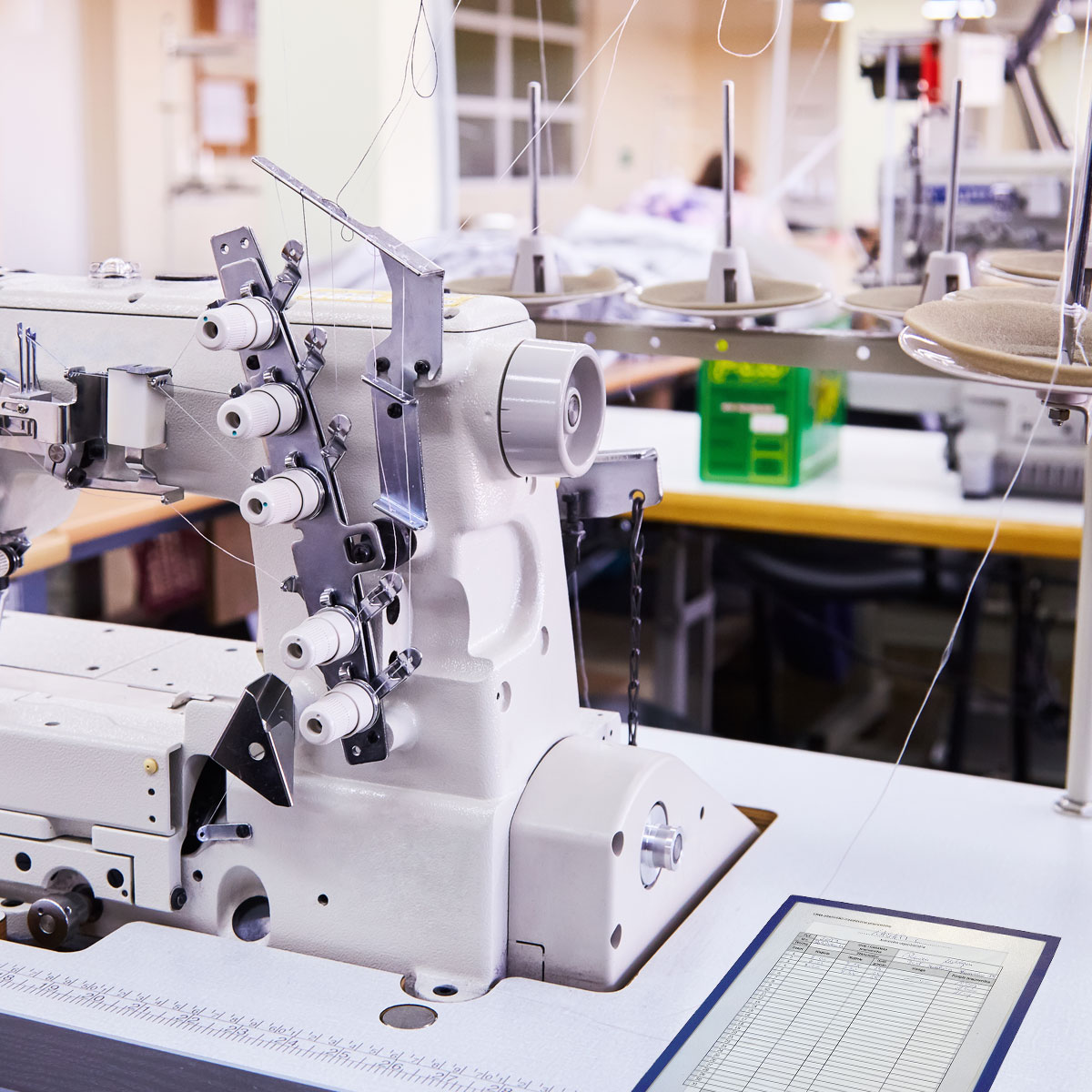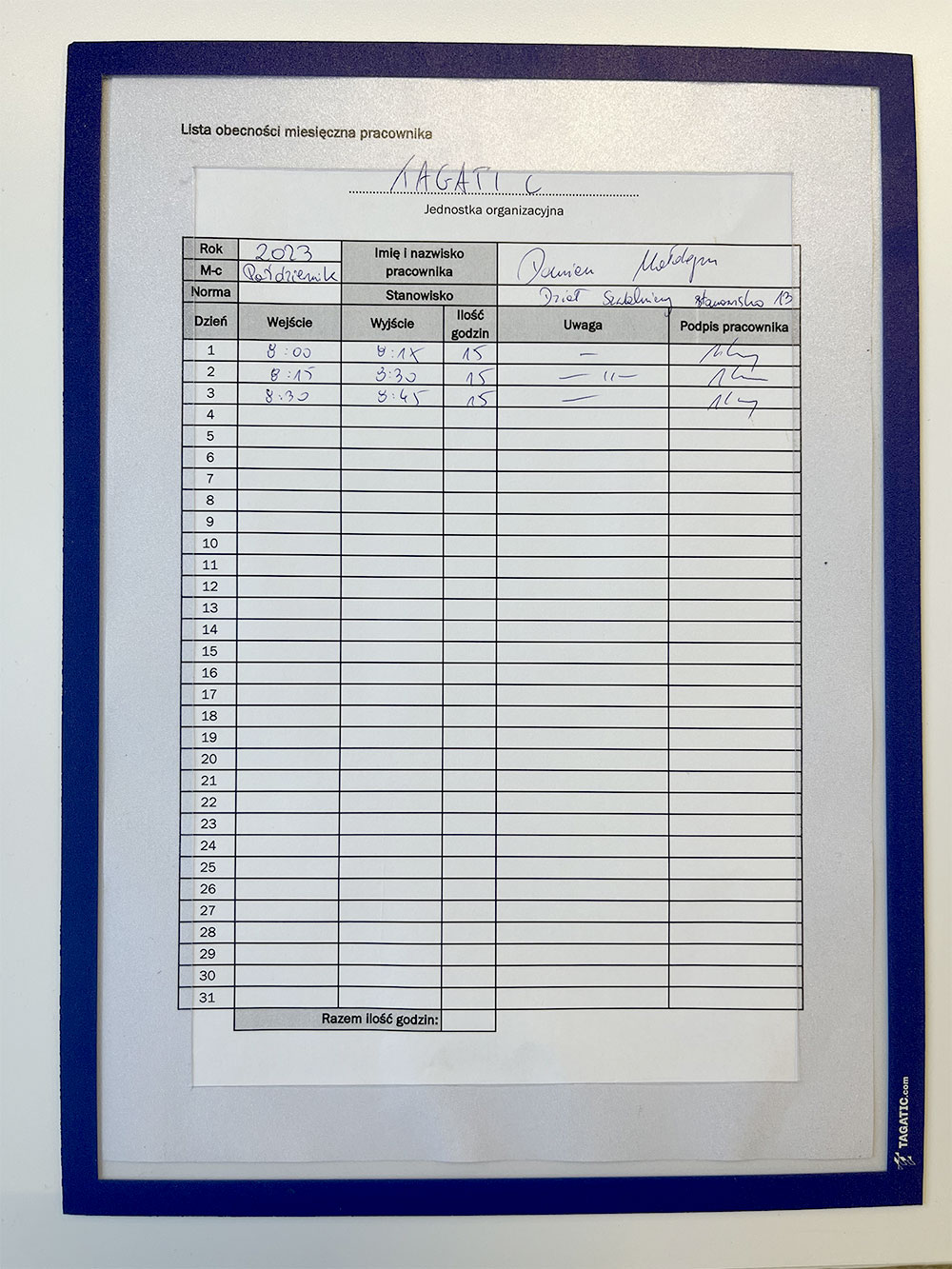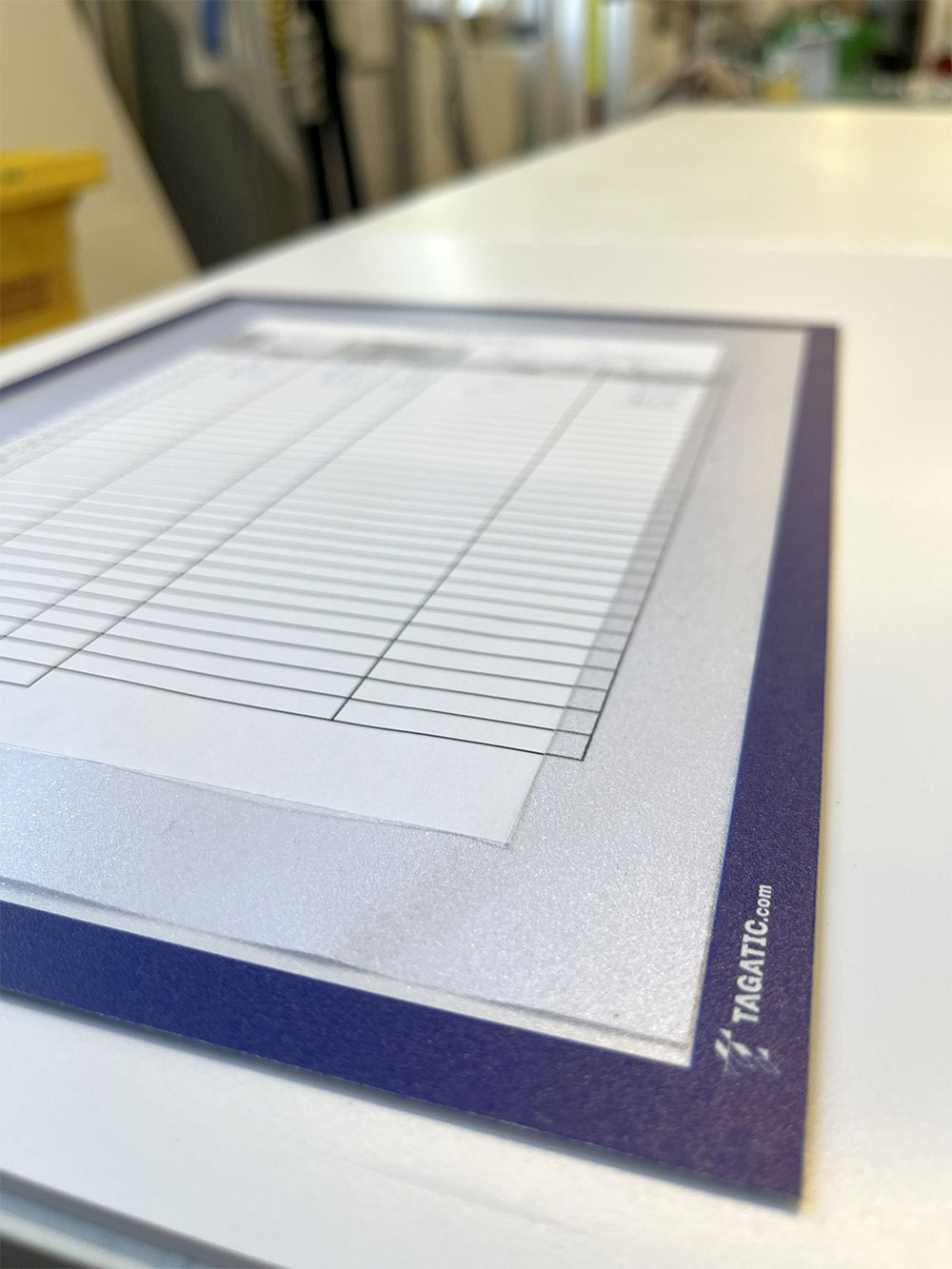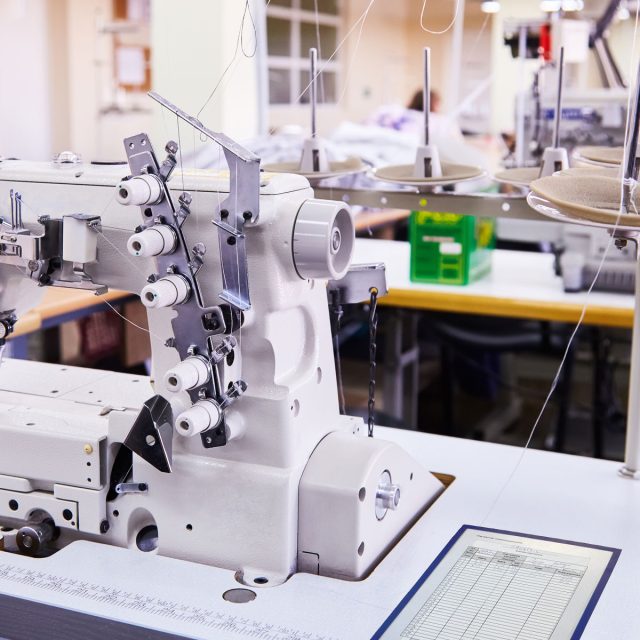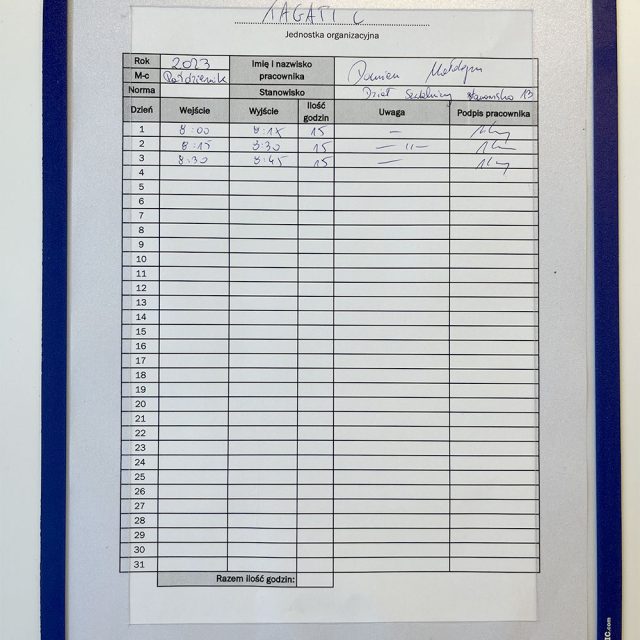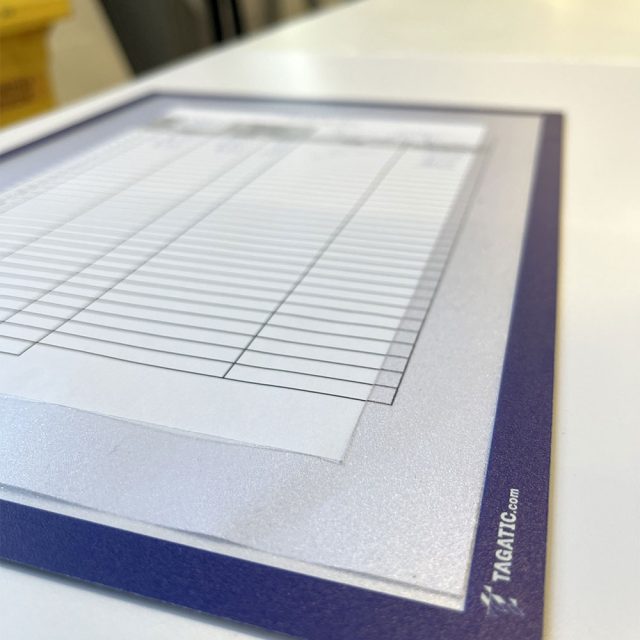Improving the work of the sewing department Optimization of processes
Introduction
We had the pleasure to cooperate with a customer from the production industry, who confronted us with the challenge of optimizing a small process, which, however, had a great impact on production efficiency. The goal was to improve the process of signing cards after the production cycle in sewing positions. The improvement we introduced has allowed to increase production by as much as 36 products in one day. How is this possible?
Challenge
Our client ran a sewing department, where the production cycle lasted only 15 minutes. Employees were obliged to sign cards if the product had no flaws. This card was in the binder, which was placed at the operator's leg level. The signing process required many steps, including bending over, looking for a card, pulling out a pen and signing, which took a total of 27 seconds for each production cycle.
Our solution:
Our solution consisted of creating a dedicated, thin, self -adhesive frame for a document, with a cut out window for signing. This frame was mounted on the assembly table, which allowed for a significant shortening of the signing process. Now employees only had to pull out a pen and sign a card, which took only 11 seconds for the production cycle.
Result
Our optimization had a huge impact on work efficiency. Before the intervention, it lasted 27 seconds, and after optimization it shortened to 11 seconds. For one employee, this meant saving 9 minutes during each change.
Scale and effects
The plant had 30 sewing positions served in two changes. Thanks to the optimization, it was possible to recover up to 540 minutes a day, which allowed employees to produce 36 products more during the business day - without changing the pace of work. This shows that even small changes can have a huge impact on the efficiency in a large enterprise.
Summary
Our cooperation with a client from the production industry was an example of how small changes in work processes can bring huge results. Thanks to the optimization of the signature process, it was possible to significantly improve production, increasing its efficiency. Our solution showed employees that improvement does not mean the need for faster work, but a better organization around production positions.
The most important conclusions from cooperation:
- Small changes can bring large results on a large scale.
- Improving work processes can lead to increased efficiency without having to increase the pace of work.
- Optimization can contribute to the release of valuable time of production employees, which allows for a larger number of products produced.

